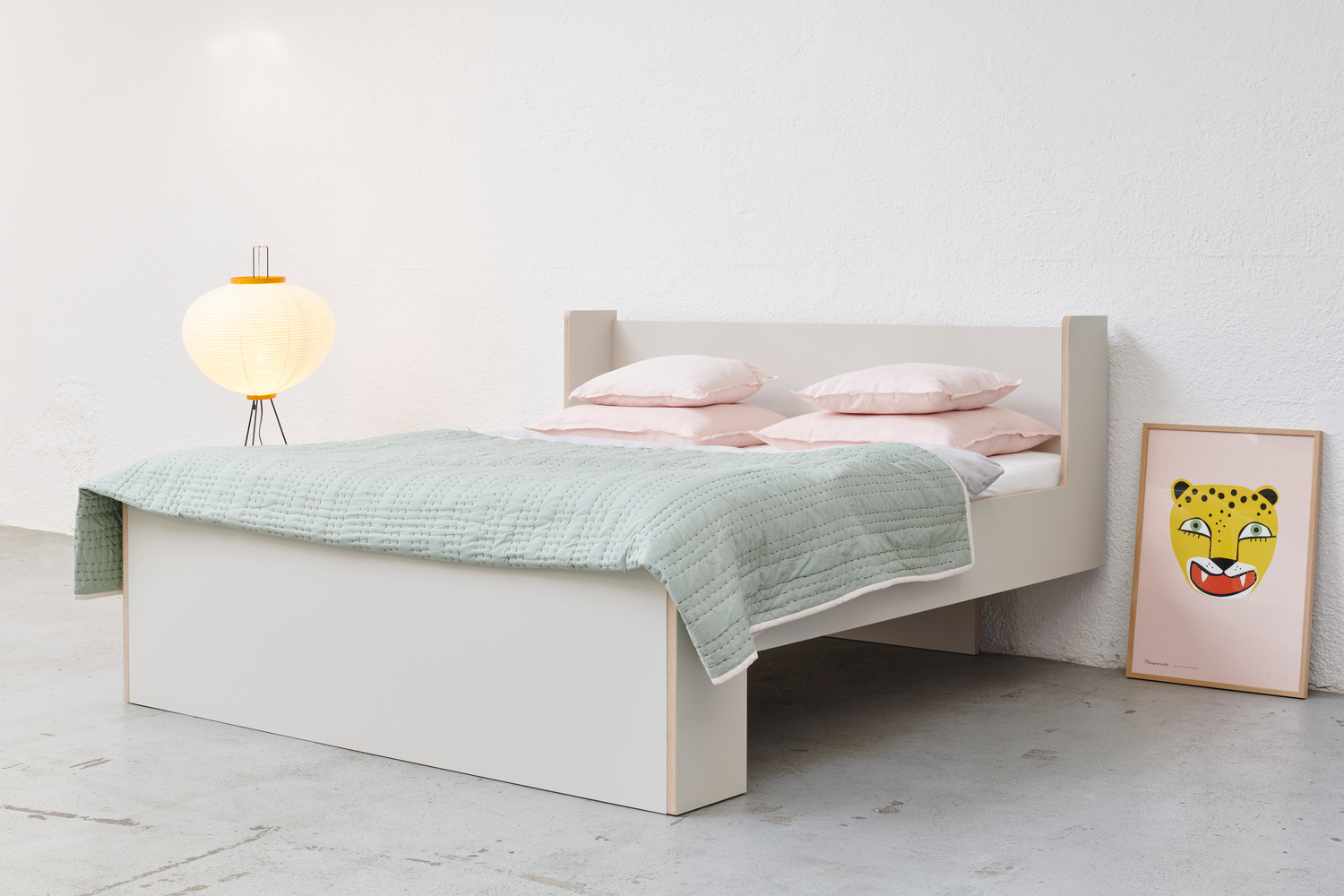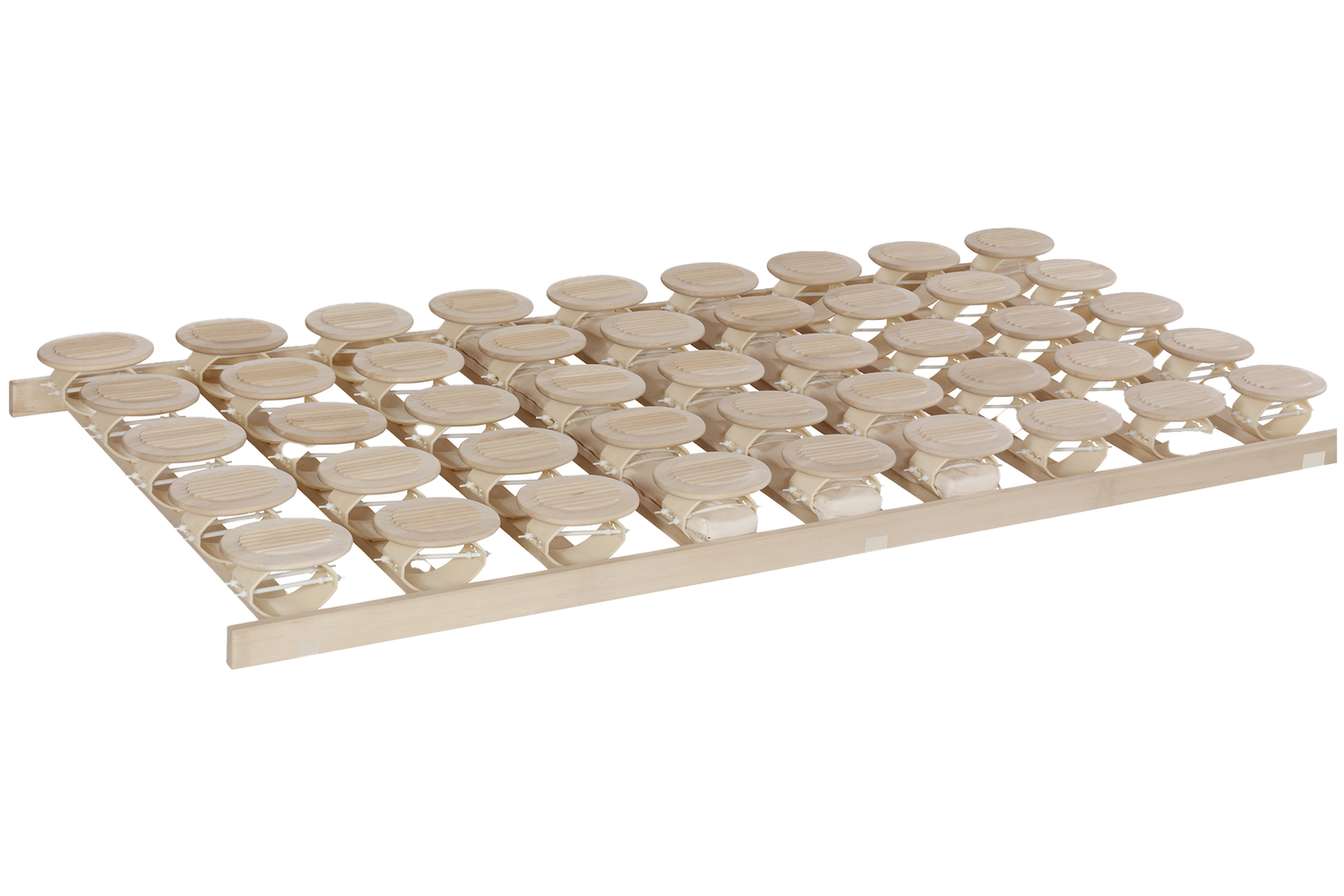Sustainability in the furniture industry
A wardrobe that won't survive two moves. A bed where it is unclear how the wood was treated. This problem is known to many people which is why many consumers want more sustainable furniture. Highlighted through examples from the design world this means that environmentally conscious furnishing has many creative faces.
What makes furniture sustainable?
Similar to food, different criteria play a role in furniture when it comes to sustainability. These arise above all in contrast to conventional – mostly cheap – production, price- and trend-oriented consumption.
- Renewable raw materials: Wood is still the top priority. But bamboo, cotton and new materials such as algae are also renewable resources. Another alternative: furniture made from recycled materials such as PET bottles or old wooden barrels.
- Freedom from harmful substances: A bed that possibly emits harmful substances is no longer an option for many. In addition to the main material, paints, glazes and the like should be harmless to health.
- Longevity: A high-quality piece of furniture with a timeless design can be used and inherited for a long time. Upcycling also increases the lifespan.
- Fair production: Sustainability also means social responsibility. Accordingly, good working conditions and fair wages are important when it comes to buying furniture with a clear conscience.
- Short distances: The CO2 balance of a piece of furniture is significantly improved through regional raw materials, production and suppliers.
Collections
-

MODULAR BED
SLEEP BETTER: Sustainable, timeless design characterise the shape. The bed is stable...
-

PLATE GRID
In a Relax 2000 bed system you sleep as if floating on...
-

NATURAL LATEX MATTRESSES
The latex milk is obtained from rubber trees and processed into boards....



